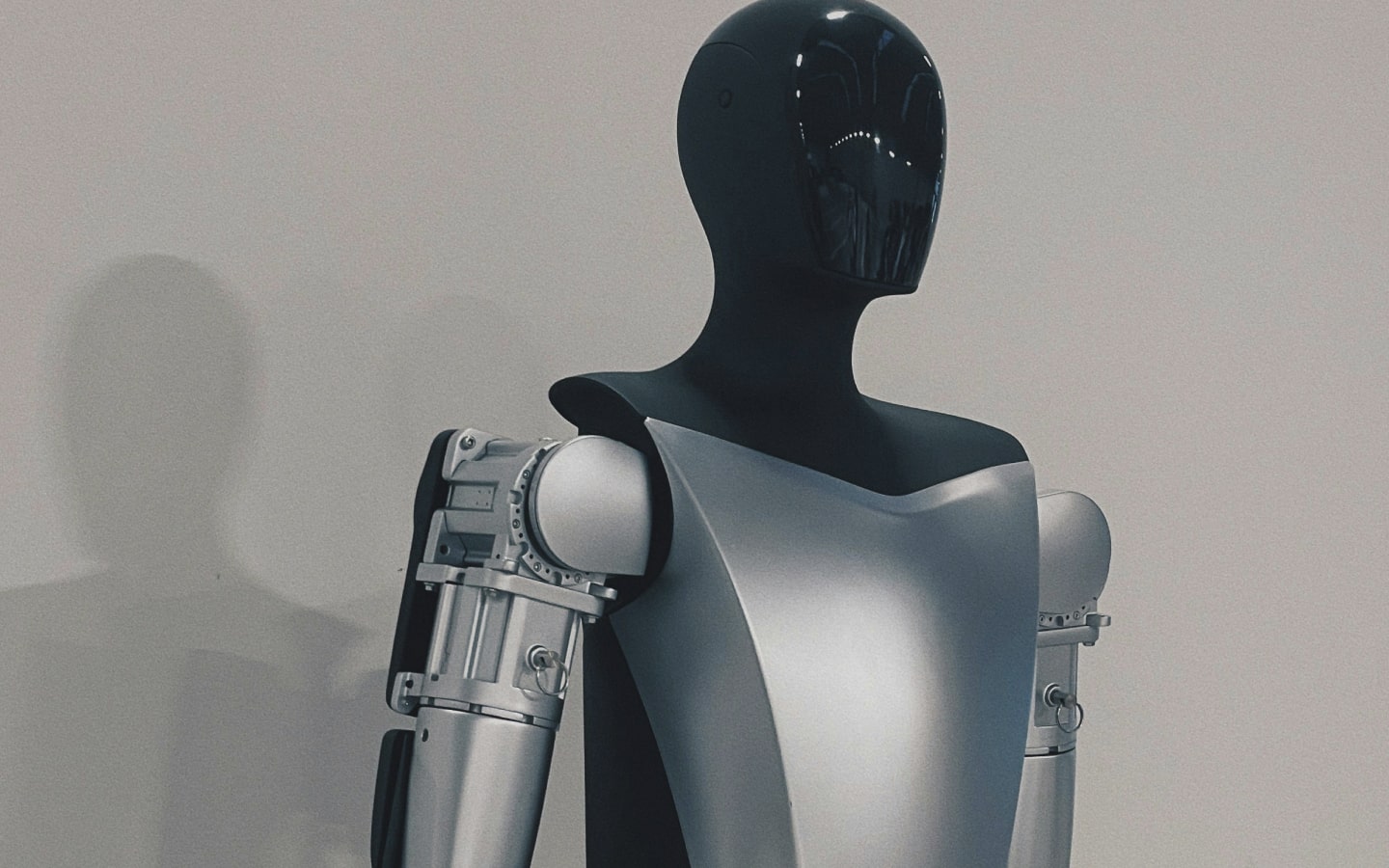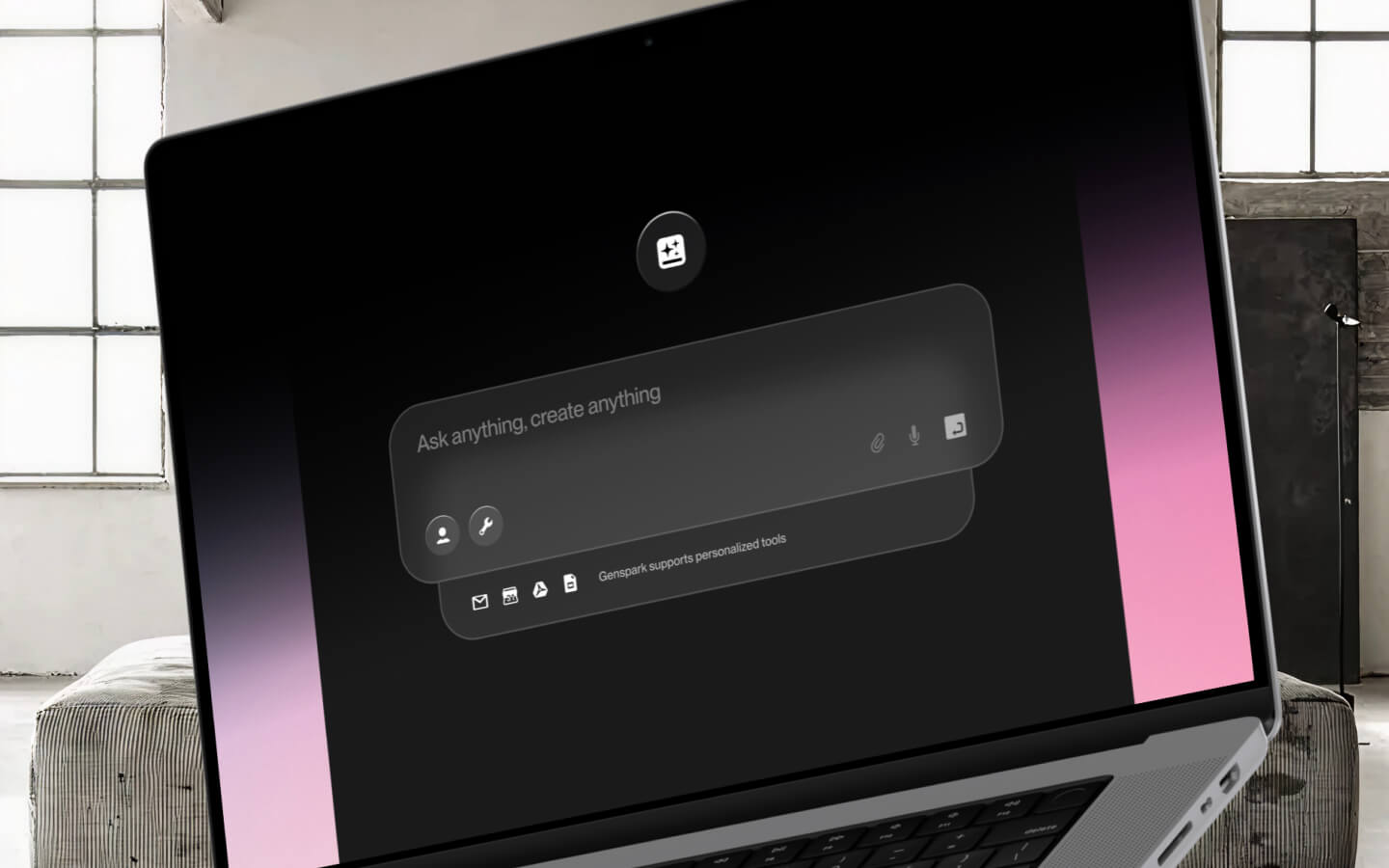United Technology’s announcement last November that its Carrier Corp. plant would keep jobs in Indiana rather than move them to Mexico was heralded as a significant victory for American workers. However, the true impact of the deal was hidden below the headlines. United Technologies CEO, Greg Hayes, said the company will invest $16M “to…automate to drive the cost down so that we can continue to be competitive… ultimately…there will be fewer jobs.”
Carrier’s plans underscore a harsh reality: most American jobs aren’t going to Mexico, China or another foreign country, they’re being automated. The workers left behind often struggle to find employment for comparable pay because they lack the skills required for the jobs that aren’t threatened by automation.

Automation could eliminated $2.7 trillion in wages.
Yet automation doesn’t have to be synonymous with wage decline or unemployment. Rather than being a threat to workers, technologies that drive automation, like machine learning and artificial intelligence, can be used to retrain and “up-skill” displaced employees. Here’s how it can work.
Coaching Networks Provide Mass-Scale Apprenticeships
McKinsey estimates that nearly half of the tasks workers perform today can be automated — representing a potential $2.7 trillion in lost wages and literally pitting man against machine. This “Great Dislocation” could shake the very foundation of the world’s economies and demands a massively scaled solution. Sending millions of people back to school won’t work because of the size of the problem and because it’s not likely to produce the desired results. AI-based solutions, however, can scale and produce results that will allow humans to keep pace with automation. These results will come from Coaching Networks.
AI-based Coaching Networks can be workers’ best defense in their race against machines. These networks learn workers’ best habits and practices, allowing a group to benefit from the “brilliant outliers” worldwide. Coaching Networks convey the knowledge they’ve gained to workers on the job and in context, which is more effective than theoretical or classroom training. In fact, the American Psychological Association calls it a top principle of effective teaching. Indeed, we already rely on digital in-context coaching daily, using YouTube videos to guide us through new tasks.

Coaching networks could help mitigate the pain of automation.
Coaching Networks Even the Playing Field for Higher Paying, Higher Skilled Jobs
Let’s use sales to describe some real world benefits of Coaching Networks. The WSJ reports that the average software sales position pays $75K annually, twice the median for all workers — yet companies struggle to fill openings. In part, that’s because software sales requires expensive and time-consuming in-person training. Instead, dozens of companies today are turning to Coaching Networks to train their sales forces.
Chorus.ai, an AI -based solution (and Emergence portfolio company), is used by companies such as Qualtrics, Marketo and Dynamic Signal to train new sales reps and coach existing reps on how to close more sales — all by leveraging best habits from millions of previous sales calls. Chorus.ai listens in on calls to learn what works, and then makes real-time suggestions to improve a rep’s approach based on its learnings. New data flows back into the Coaching Network, creating a feedback loop. Most importantly, sales reps learn and improve in-context. Chorus customer Teamable reports being able to reduce its sales rep ramp time by 50 percent using the solution.
Another company, DigitalGenius, combines humans and AI to coach customer support agents and improve customer service. The solution’s algorithms learn and get smarter by training neural networks on massive amounts of data from customer service chat-logs and email transcripts. The resulting model feeds into a contact center’s customer service platform, providing agents with a “personal” AI to help handle requests. In addition to driving cost savings by reducing average handling time, the system also helps train new agents to improve service, and helps agents transition into higher paying roles over time.
And Coaching Networks aren’t just for desk jobs, they can train and upskill workers in field jobs too.
For example, companies like Upskill and Pristine are focused on providing real-time guidance for manufacturing workers using Google Glass. Among other things, they provide workers with task-related checklists in the lens of their glasses. As more workers are onboarded to these systems, Coaching Networks can improve and tailor real-time recommendations.
Expanding the Use of AI Gives Workers Path to Higher Skilled Jobs
To date, the industry has been focused on using automation driven by AI to increase productivity, and we’ve seen many positive impacts as a result. But, we’re also seeing greater job displacement attributable to automation, such as the losses that will occur at the Carrier Plant. Coaching Networks have the power to change the way workforces learn, to accelerate training to keep pace with automation, and to upskill workers to offset jobs lost to automation. Instead of viewing AI-based automation as a threat, we can use it to provide “digital apprenticeships” for millions of people and provide true solutions to displaced workers in Indiana and worldwide.
To foster the Coaching Network ecosystem, we are co-sponsoring a Machine Learning Startup Competition with Google Cloud. Startups can compete for $1M investment and $400K in Google Cloud Platform credits. To learn more, please visit the competition website here.


